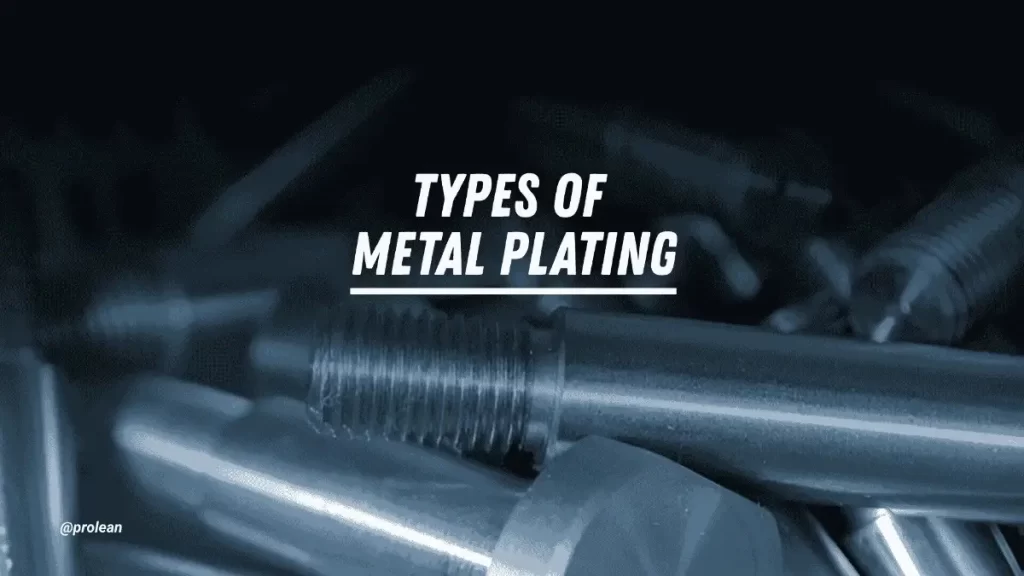
Types of Metal Plating
Your product’s durability and performance depend on the plating you choose. With so many options available, the right one isn’t always obvious. Each plating forms brings specific strength and surface finish to your part.
You need to consider corrosion resistance, conductivity, and wear. Every detail affects how your component performs in real conditions. At Prolean Tech, we help you make the right call. With years of hands-on plating experience, we tailor finishes that meet your technical needs.
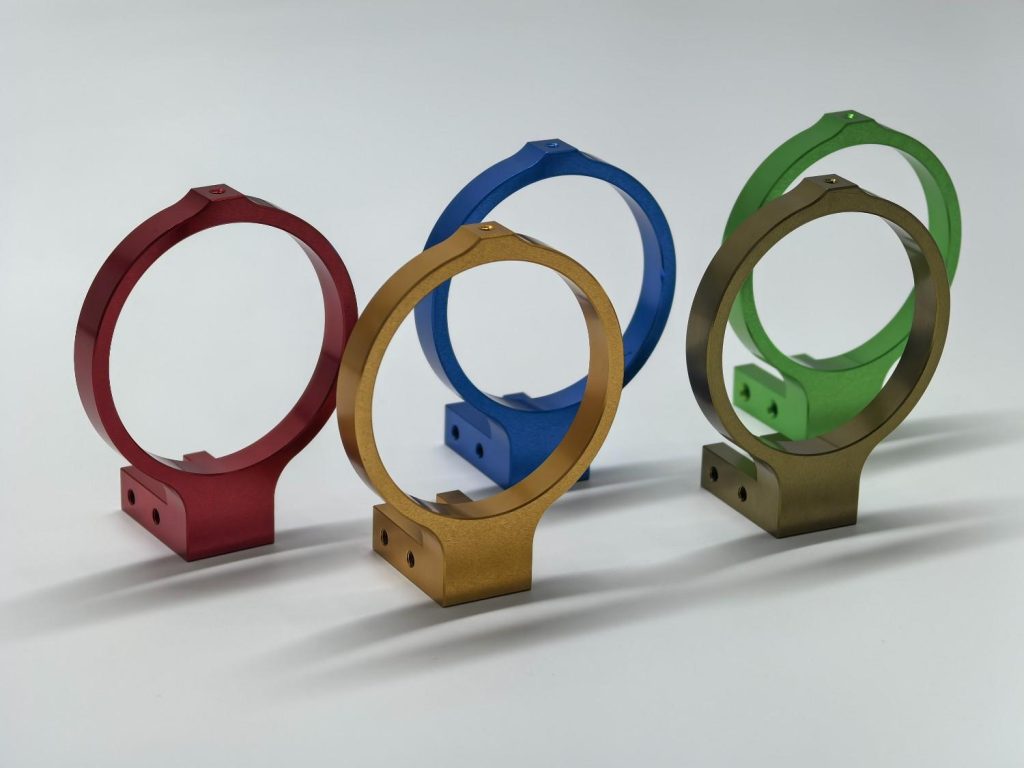
Colorful Aluminum Alloy Plating
In this guide, you’ll learn how different types of metal plating options compare. We’ll explain the key benefits and help you pick what works best.
What Is Metal Plating and Why It Matter?
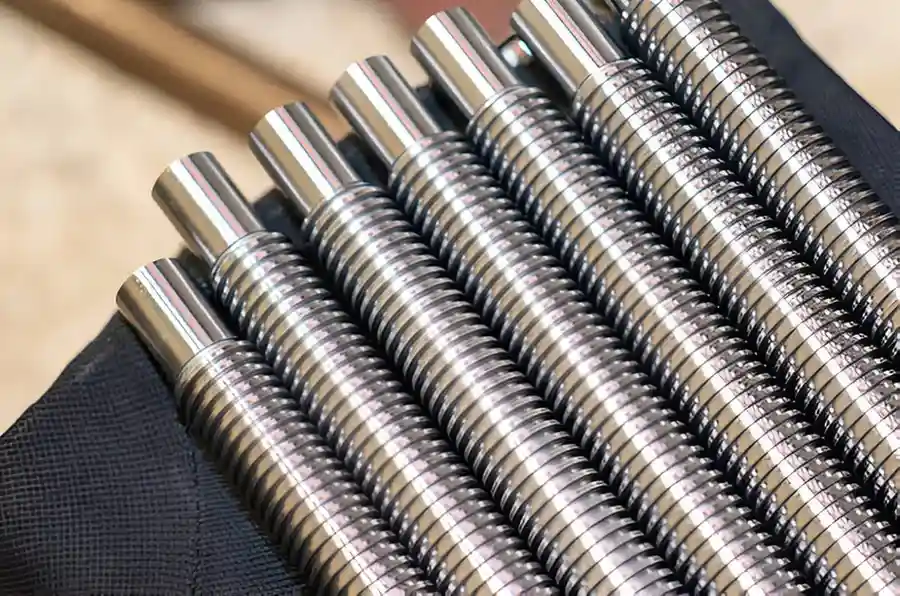
Metal Plating
To enhance the strength and durability of surfaces, manufacturers use protective metal plating. It is a thin metallic material layer applied over a part or product. This procedure prevents wear, corrosion, or chemical attack. The right plating assists you in extending the product. Every application requires a custom solution, whether it is based on functionality or appearance.
Precision is the key factor in the aerospace and defense industries. In most cases, electroplating, electroless, or immersion plating is used.
- Electroplating involves the application of electricity in a process that attaches metal ions to a surface.
- Electroless plating is not based on the use of electricity.
- Immersion-deposited metal uses displacement to apply a metallic film.
At Prolean Tech, we offer all the common plating solutions. You are provided with metal surface finish treatments that are supported by decades of industrial experience. Reach out to our engineers to enhance your components.
Materials Commonly Used in Electroplating
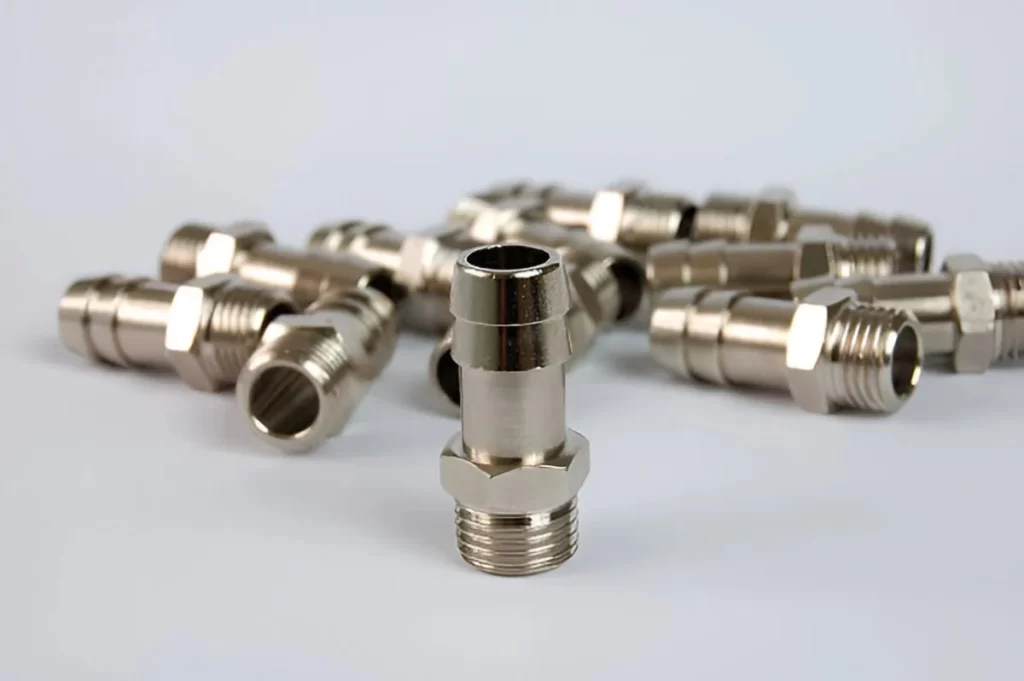
Steel Plated Connectors
Many metals can be electroplated to increase their durability and finish. The plating layers commonly apply to brass, iron, titanium, zinc, and even galvanized metal. All the metals have their application depending on the use. As an illustration, gold augments conductivity, and it is provided with sacrificial corrosion protection.
Electroplating does not involve metal parts only. Also, one can plate plastic or wood. Before that, these non-conductive surfaces have to be converted so that they become conductive. That typically entails using a special coating or spray before the commencement of the process.
It does not matter which material you use, whether it’s stainless steel or ABS plastic, plating always adds value. It improves the performance and looks, and also safeguards your components during their intended use.
Try Prolean Now!
Best Industrial Metal Plating Types For Components
Selecting the right metal coating prevents part damage. Here are the most commonly used types of metal plating.
Nickel Plating
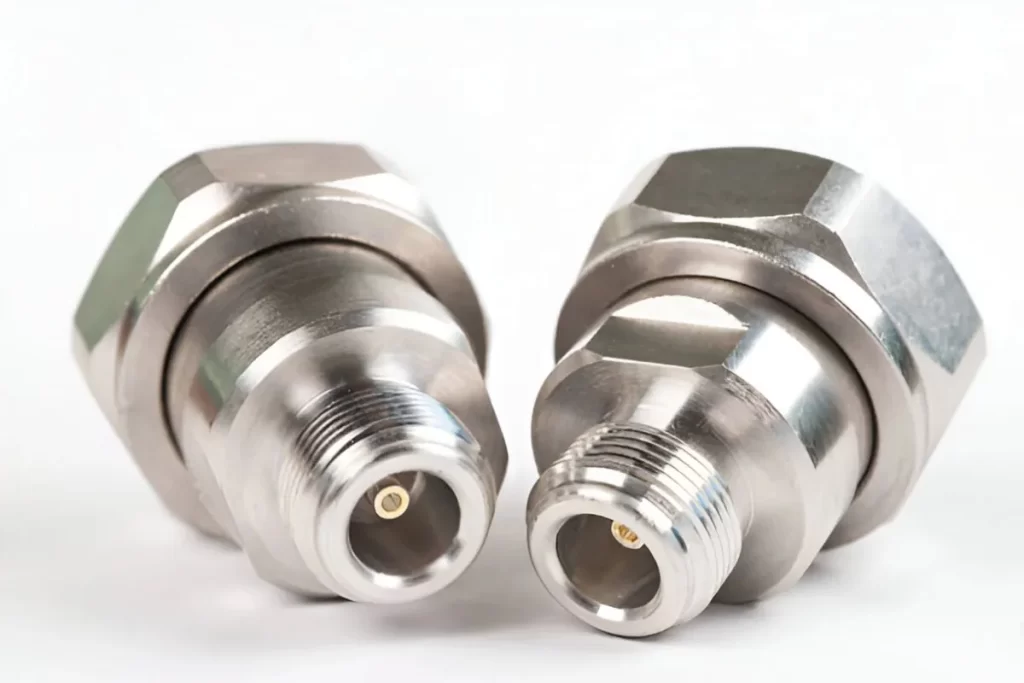
Connectors Component With a Shiny Copper-Nickel Plating
Nickel plating provides hard corrosion protection. It is resistant to chemicals, salt, and moisture to form a significant barrier. Wear and hardness are enhanced by nickel coatings, too. This renders them suitable for aerospace, auto, and high-pressure tools. You also obtain a smooth finish that aids in further coating or soldering. (See more about black oxide coating)
Chromium Plating

Chromium Plating
Chromium protects your parts in a strong and shiny way. Hard chrome is applied to high-wear parts and parts under frequent stress. It resists corrosion, wear, and thermal oxidation, making it suitable for high-stress, high-temperature applications. You can use decorative chrome when surface attraction and moderate corrosion resistance are required. Either of them provides a clean surface finish that survives in harsh environments.
Zinc Plating
Zinc Plating
Zinc Plating provides sacrificial protection to your parts. It erodes in front of the base metal, prolonging the product’s life. This works well for automotive plating, fasteners, brackets, or outdoor parts. Zinc is also cheap and commonly available. You can improve its corrosion resistance by chromate conversion or clear sealing.
Gold Plating
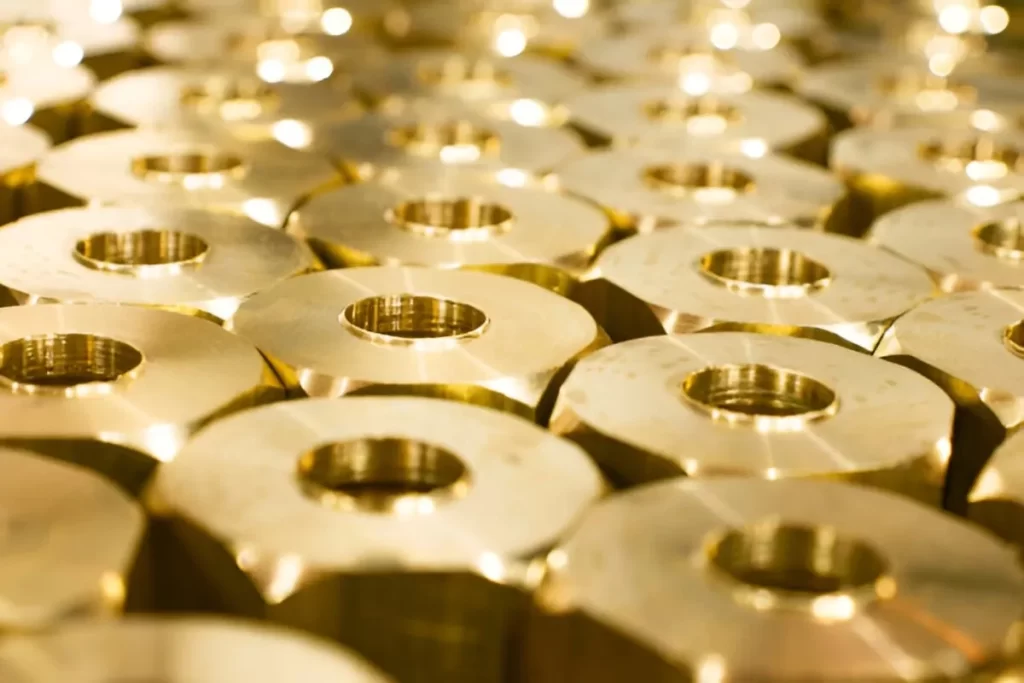
Gold Plating
Gold does not tarnish or oxidize, even over a longer time. It finds its application in electrical contacts, sensors, and aerospace components. It’s ideal for low-friction, high-reliability electrical contacts. You also get first-rate conductivity, where there will be no corrosion buildup.
Anodizing (Aluminum only)
Anodized Aluminum Products
The aluminum surface becomes stronger through anodizing. It forms an oxide film that is moisture-proof and wear-resistant. The process is suitable for lightweight components in the aerospace or outdoor industry. Dyes or sealants can also be used to add color and greater durability.
All the base materials do not respond the same way during plating. That influences the finishing, wear, and lifespan. Alodine finish, also called chromate conversion coating, is another aluminum-specific treatment.
Cadmium Plating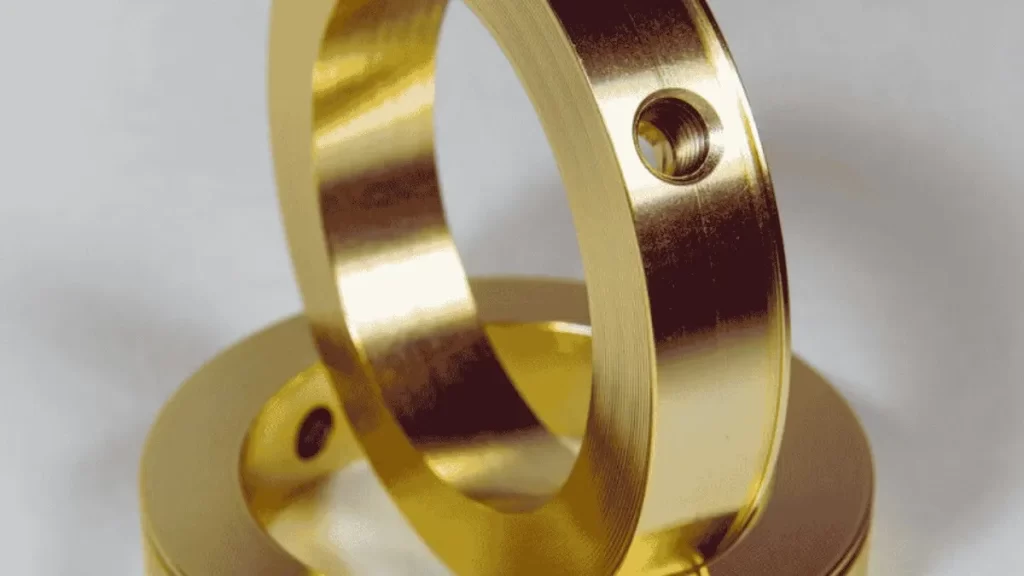
Cadmium Plating
When working with cadmium plating, you obtain credible resistance to corrosion. It provides sacrificial coverage and natural lubricity of moving hardware. It is suitable for aerospace, marine, and military use. Gear parts, fasteners, and bolts frequently use cadmium in salty or adverse situations.
Cadmium is also good in applications when frequent disassembly is needed. It reduces abrasion, and it serves to prevent seizure under pressure. However, its use has declined in recent years due to safety and environmental concerns.
Copper Plating
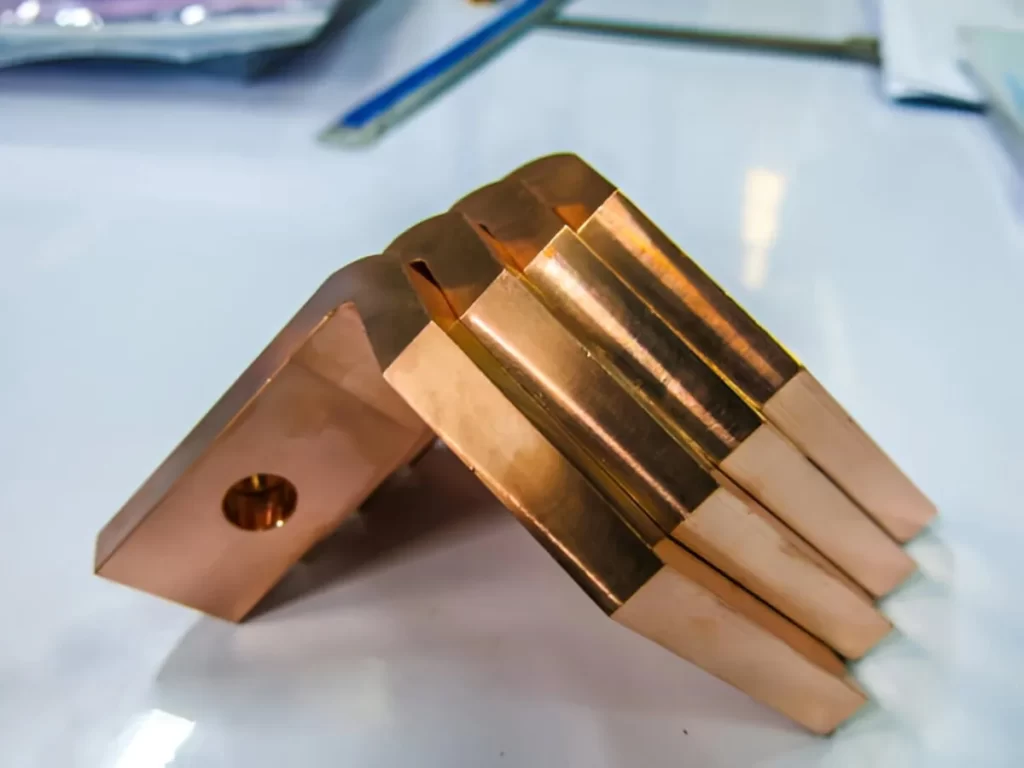
Copper Plating
Copper is something you can depend on regarding reasonable conductivity requirements. It has wide uses in electrical, PCB, and power fields. It is easily affordable and suits complex shapes, too. Copper also adheres well with other metals, improving adhesion to the surface of the layered finishes.
The copper electroplating has three types of baths.
- Acid baths produce immediate results and shine on the surface.
- Alkaline baths are more spread in confined areas or recessed sections.
- Safer chemicals carry out greener operations in mild alkaline systems.
Silver Plating
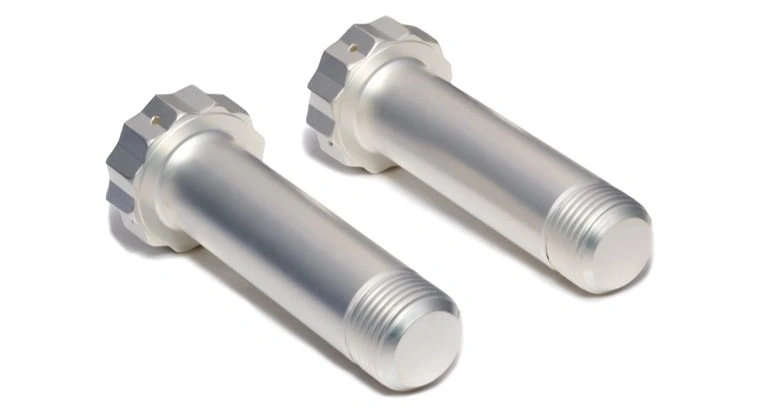
Silver Plating
Silver plating can be applied in cases where the conductivity is essential. It is better at handling heat and electricity than most metals. That is why it is reliable in the power grid, aerospace, and telecommunications. Silver also acts as a galling inhibitor between moving parts and fasteners.
It is suitable for copper, steel, and other alloys. It is widely used on power bar connectors and RF components. In the case of stainless steel, the pre-treatment is used so that silver can be bonded.
Silver may tarnish when exposed to air, but the resulting silver sulphide layer still conducts electricity. Applying a sealant that will prevent moisture is advisable to enhance its long-term usage. This maintains your parts stable in challenging conditions.
Tin Plating
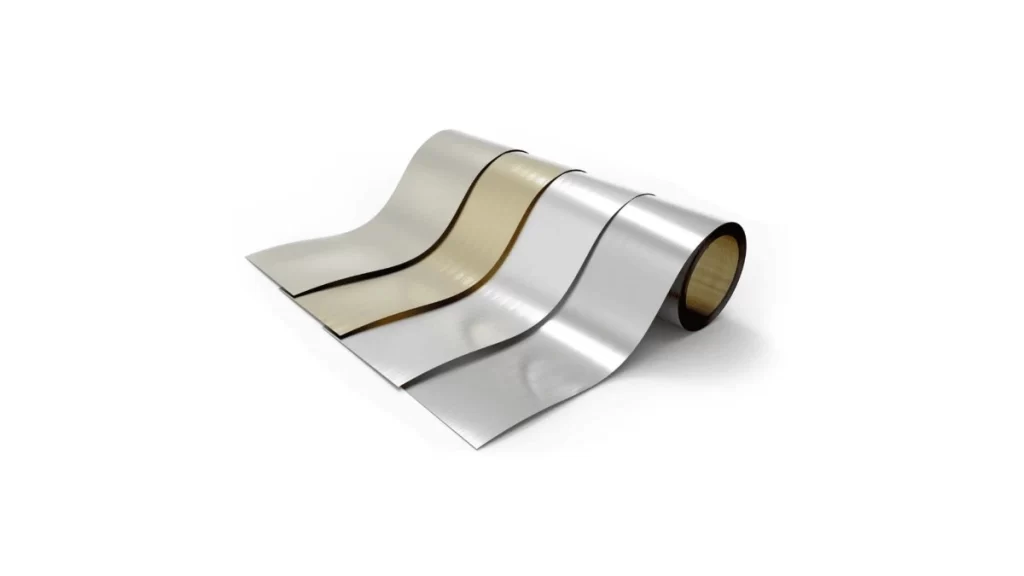
Tin Plating
Tin coating leaves your pieces with a clean, safe finish. It is corrosion-resistant and easy to solder. That qualifies it for use in electronics, batteries, and food tools. It can also be applied to soft or complicated parts.
It adheres properly to surfaces made of copper, brass, or steel. Tin is also soft; thus, it will not crack. This is why it is an intelligent option for flexed or bent parts.
Tin can also apply a clear coat as extra protection. Under the tin plating, your parts will remain secure and long-lasting.
Rhodium Plating
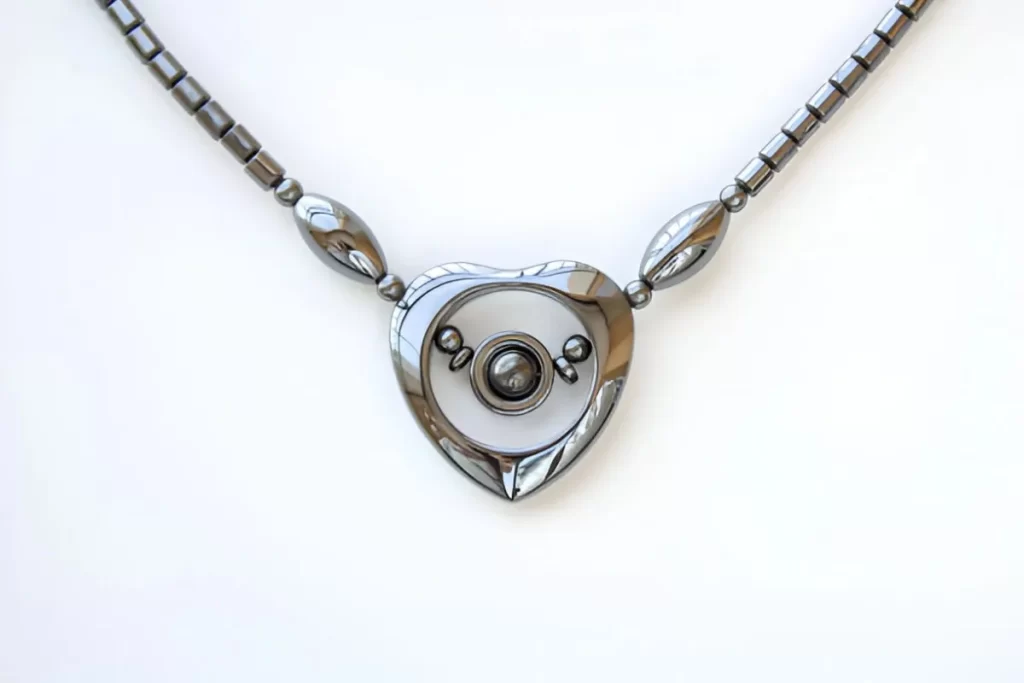
Rhodium Plated Necklace
Rhodium plating adds a bright, shining, hard coating to your product. However, it may scratch or tarnish.
The silver, gold, or platinum can be plated using rhodium. It is also applicable to parts that require a reflective finish. The thin layer gives powerful surface protection.
However, the coating could wear out with time. You can reapply it to shine it back and strengthen it again. Rhodium is expensive and durable, and it maintains surfaces like new ones.
Plating Plastic
Plastic can be plated to improve the appearance and the performance. This involves coating nonmetals with metal. It provides improved conductivity, EMI shielding, and a stronger surface. You will come across its use in electronics, automobiles, and home appliances.
Both the electroless and the electroplating procedures apply to plastics. Copper, nickel, silver, or gold is usually used. These coats maximize the functionality of the part while maintaining its lightweight properties.
Some plastics can be plated easily compared to others. The most significant results were obtained using ABS, PEEK, and polycarbonate. They resist heat, maintain their shape, and coat them with a good bond.
Plated plastic offers you the appearance of metal but not the weight. It is cost-effective and leaves the parts durable, smooth, and fit to carry out complex applications. (See more about PVD coating)
Try Prolean Now!
How to Pick the Right Types of Metal Plating?
The selection of the appropriate plating technology influences the performance of every component. You do not only make something look better, but you also prevent corrosion and wear. A coating that fits real operating requirements in each application is needed.
Start With Your Application Environment
The first step is to examine the utilization of your part. Is it subjected to heat, vibration, or chemical conditions? You will require more hard-core coatings to work under aerospace conditions or high pressure. Nickel or chromium plating is suited for severe conditions and loads.
Match the Coating to the Base Metal
The base metal should have a high bond with your coating. Because of the variation in surface preparation, steel and aluminum require varying preparation before plating. Failure of adhesion will mean that your part will not withstand the field.
Focus on Key Performance Needs
Various coatings do not have the same benefits. If you desire high conductivity, then silver or gold plating is preferred. If you are interested in corrosion resistance, then use zinc or cadmium. Never let your property needs be out of alignment with the right metal.
Think About Durability and Upkeep
You desire a long-lasting coating when under pressure and requires minimal maintenance. The longer the plating lasts, the less you can replace and repair. In the case of the critical components, this translates to reduced failures and lower costs in the long term.
Consider Environmental and Safety Impact
Certain paints, such as cadmium, are of concern for safety and disposal. Nowadays, a lot of industries are in demand of eco-friendly alternatives that do not compromise performance. Seek processes that are technical and regulatory objectives.
Balance Performance and Cost
Avoid picking something only because it is cheap, but you need to see value. Consider the material cost, the service’s life, and the rework rate. A more costly process can save you more in the long run.
What to Look for: Choosing the Right Metal Plating Partner
Selection of a metal plating service is not a matter of price. You require a supplier of your standards who would provide quality. The right provider aids in making sure that all the parts are functioning as they are supposed to, particularly in the high-risk industry.
Complete and Consistent Plating Services
You should deal with a provider that offers full service. An experienced source, who is one person, makes it efficient and on track. This will prevent delays and uneven outcomes by dealing with several suppliers. There is also improved tracking and delivery performance, and it is under complete control.
Industry-Specific Experience
Get the team aware of the requirements in your field. Aerospace and defense development is highly technical. A provider with some industry experience can assist you in achieving precise standards. They will be familiar with tolerances, finishes, and certification of your parts.
Proven Quality Control Standards
The quality cannot be compromised in the critical applications. Search providers that are AS9100 ISO or Nadcap qualified. These qualifications demonstrate that the dedication to success is serious. Ask how they conduct inspection, trace, and documentation at every step.
Advanced Technology and Updated Processes
You desire to have a plating partner that applies contemporary technology. New systems are better at finishing, durability, and speed. They also minimize the hazards in the environment. A high-tech store helps you achieve close tolerance and remain in line with evolving standards.
Safe and Compliant Operations
Plating also operates on chemicals that have to be appropriately handled. Collaborate with a provider to achieve environmental and safety standards. They have to observe good waste management and employ certified materials. This secures your project and frees you of any compliance problems.
Flexible Support and Fast Response
Change is usual in complicated projects. There must be a team that adapts itself fast without losing track. Select a provider whose customer service is responsive and whose solutions are flexible. This will not disrupt your workflow, even in times of priority.
Summary
This article explored key types of metal plating processes in depth. You learned how each method supported strength and durability. The focus remained on aerospace, defense, and high-spec applications.
Moreover, it compared electroplating and electroless plating techniques. You saw which method aligned with your cost and performance needs.
It also outlined what defined a reliable plating partner. Quality systems, expertise, and compliance were shown as top priorities.
Need a partner with proven plating expertise? Prolean Tech delivers a trusted finishing service with results that are built on precision.
FAQ’s
Q1. What are the different types of metal coatings?
You can use zinc, nickel, chrome, or powder coatings. Each offers benefits like wear resistance, corrosion protection, or improved appearance.
Q2. Is there a standard for industrial plating thickness?
Yes, industry standards like ASTM B633 define coating limits. Depending on your application needs, you’ll usually follow 5–25 microns.
Q3. How does plating thickness affect performance?
Thicker layers improve durability but may affect tolerances. You need to balance strength, conductivity, and dimensional fit.
Q4. What’s the cheapest metal coating to use?
Zinc is the most affordable and widely used option. You’ll find it in general hardware and low-risk components.
Q5. What are the downsides of metal plating?
Plating may cause cracking or embrittlement in high-strength steels. You also face risks like poor adhesion or waste handling issues.

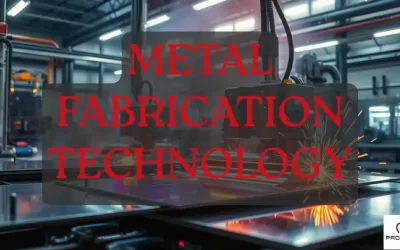
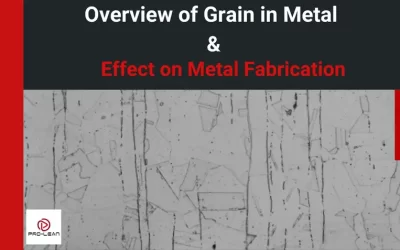
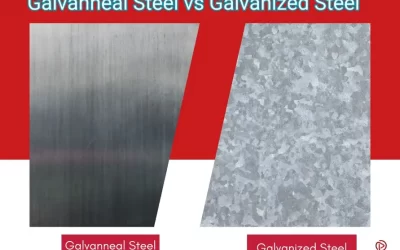
0 Comments